What Did People Do Before Air Conditioning?
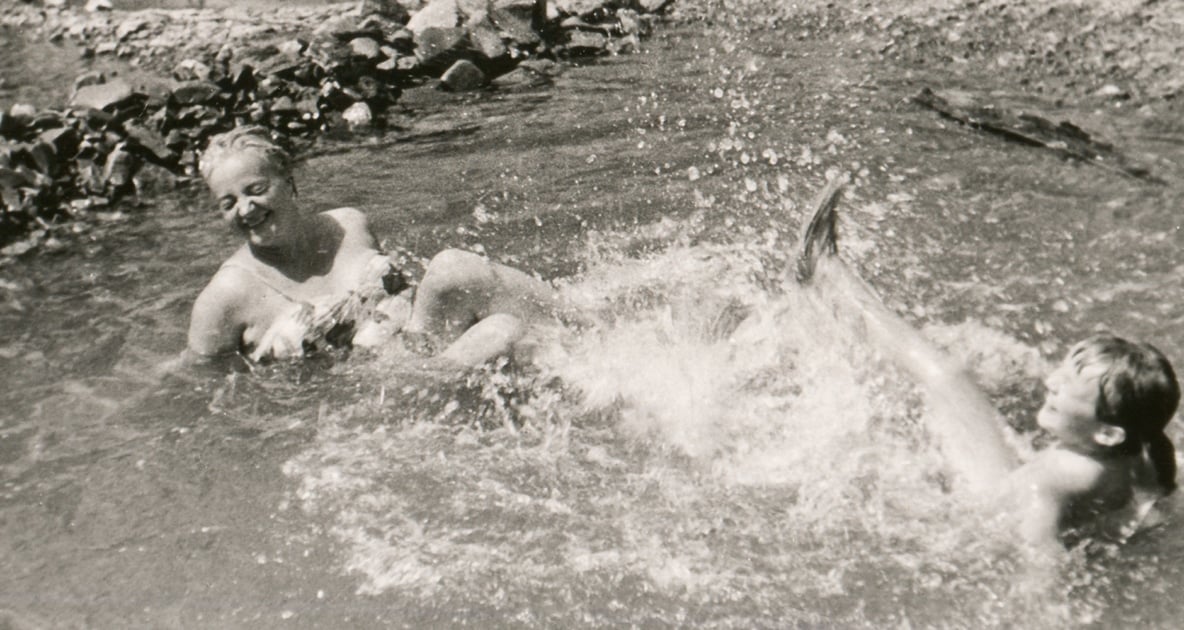
Our parents and grandparents had to get creative when it came to keeping cool. While air conditioning has been around since 1902, its technology remained too expensive and bulky for most folks to have in their homes. In fact only 10% of U.S. homes had air conditioning installed as late as the 1960s. So what did folks do who couldn’t afford air conditioning or before it was available? See our list and share your tips for beating the heat below!
8 Things People Did To Stay Cool Before Air Conditioning
People relied on ingenuities like these to carry them through the Dog Days and Indian summers:
- Took day trips to nearby mountain towns to enjoy a bit of “cool mountain air.”
- Kept windows and doors shut at midday to keep hot air out.
- Delayed cooking, baking, and kitchen chores until the cooler evening hours.
- Opened windows at bedtime to let in the cool nighttime air.
- Blew fans across blocks of ice.
- Took a dip in a swimming hole.
- Ran through sprinklers or opened fire hydrants.
- Ate cool and refreshing treats (ice cream, watermelon, ice-cold lemonade, or tea).
Simpler, Cooler Times?
Another thing that helped keep our parents and grandparents cool was the weather itself. The graph below shows temperature anomalies, or changes, for the summer months of June–August from 1917 to 2016. It depicts how much colder (dark blue) or warmer (dark red) a year’s summer was than what we think of as “normal” these days, based on the 20th-century average.
One thing is clear: the extraordinarily hot summers that are commonplace today were virtually unheard of 50 to 100 ago. In fact, 7 of the top 10 coolest U.S. summers on record occurred between 1900 and 1950, further proof that cooler summers were a trend in our grandparents’ time.
Join The Discussion
Do you save money on you electric bill by doing any of the above things?
Share your tips for staying cool in the comments below!
Your community here would love to hear from you.

Tiffany Means
Tiffany Means is a freelance writer and a degreed meteorologist. She specializes in weather forecasting and enjoys making the subject of weather (and the science behind it) more relatable. She currently resides in the Blue Ridge Mountains of North Carolina.

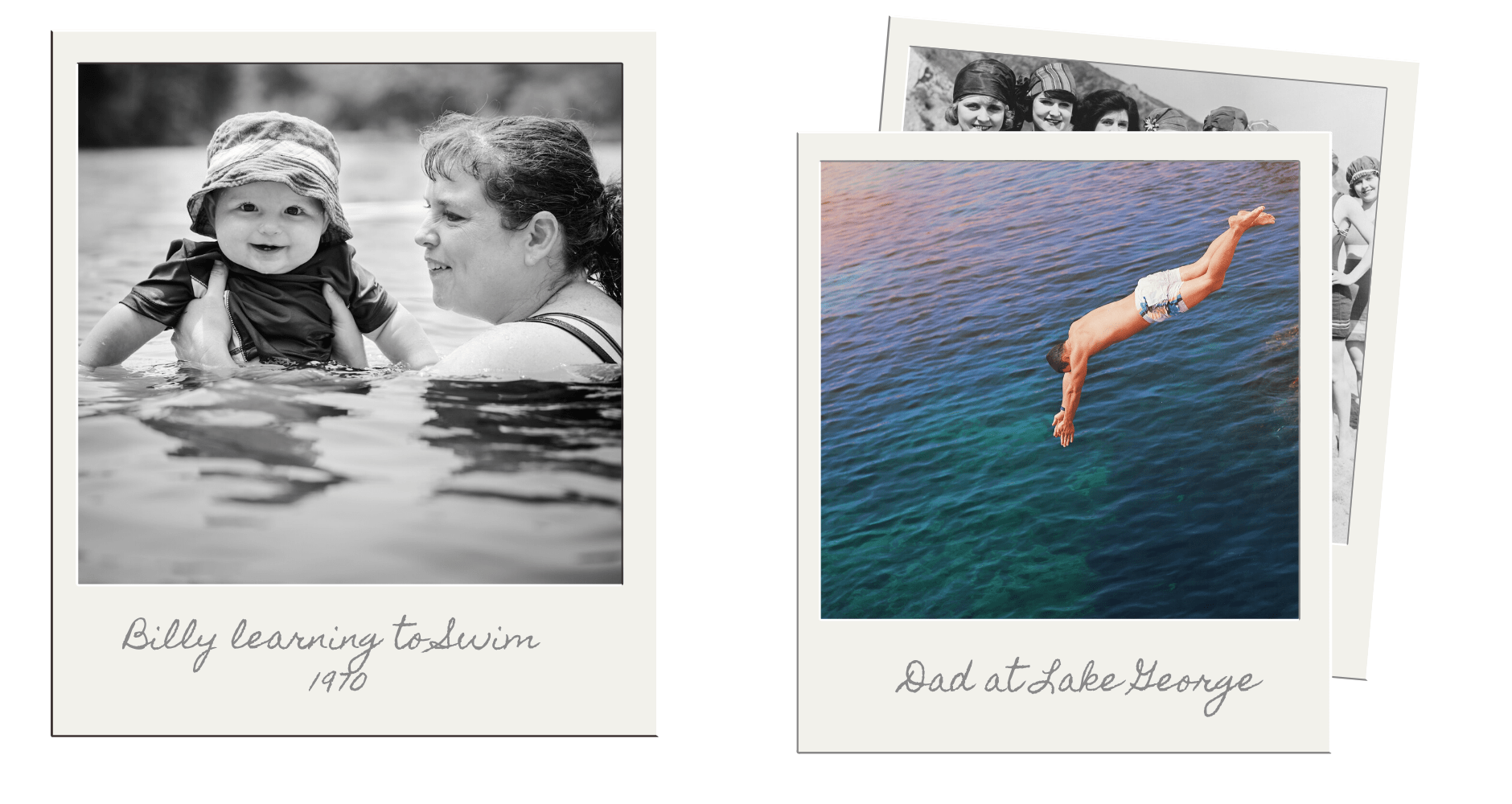
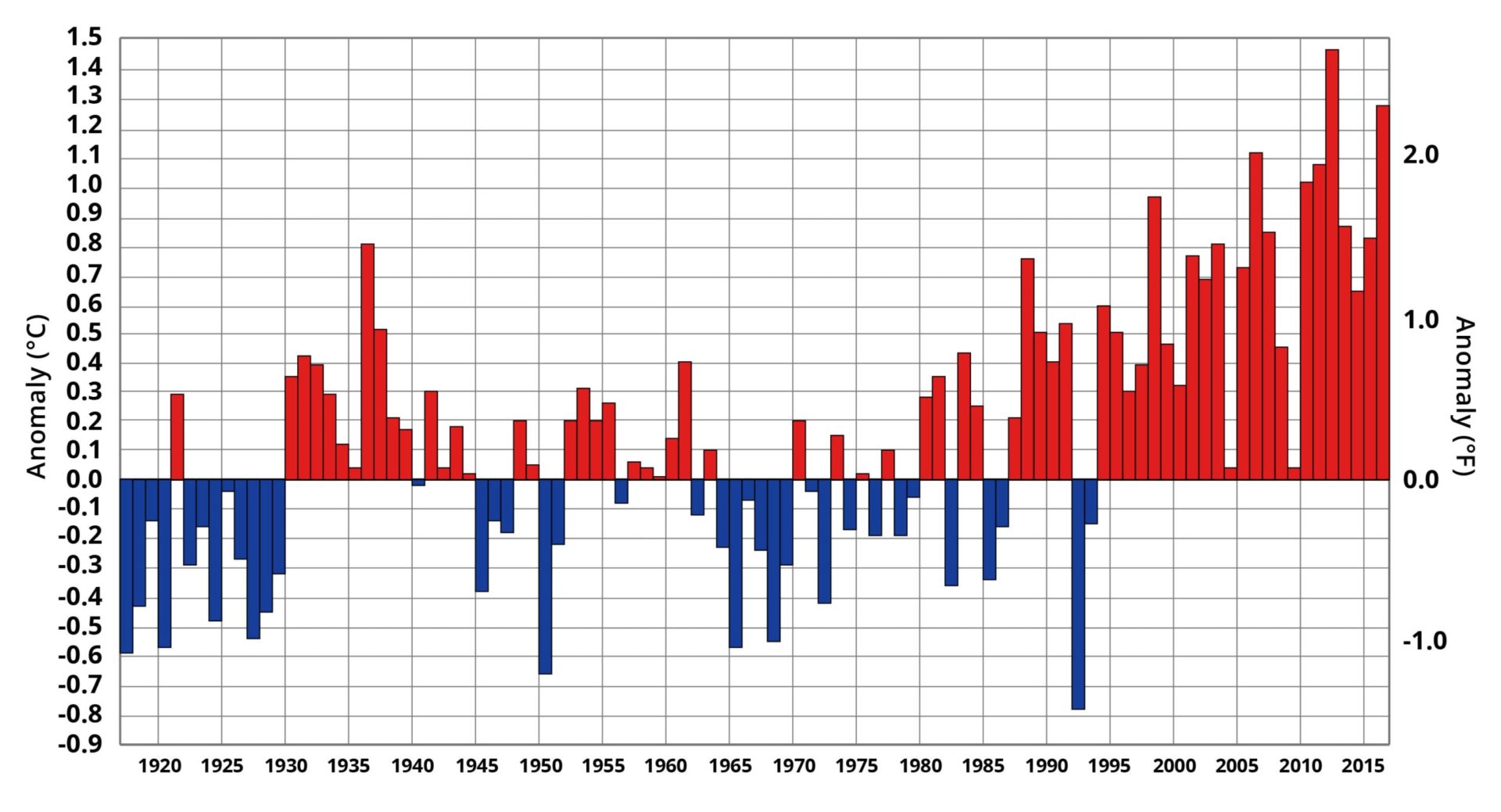

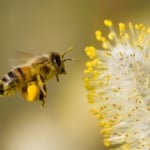

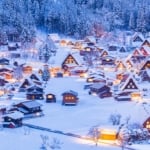
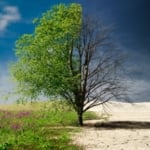
Houses were built different back then. Very little insulation back then. So if a house heated up during the day it would cool back off rather quickly. Then some folks had whole house fan in the ceiling. Open all the doors and windows and turn it on it would pull cooler air from outside through the house.
When I was stationed at Minot AFB ND (it got HOT in summer) we lived in barracks with no AC, it was miserable trying to sleep at night. We wet our pajamas, put a wet towel on our heads and slept under fans running at high.
At Yuma, Arizona, one of the hottest cities in the US, they have a historic building (Quartermaster Depot) that was built in the 1800s. It has long windows that go from almost floor level to six or eight feet up. I think that was to allow the coolest (least hot) air to come into the building. The building also had a deep porch the whole way around and direct sun probably didn’t hit the building itself in the summer. The adobe walls also would have been some insulation. The rooms had very high ceilings, maybe to keep the heat of the roof up there. It still wouldn’t have been very pleasant, but it was better than it could have been.
I remember summers in Maryland in the 60’s. We did have a fan behind a block of ice, swam in the creek, made ice cream on the porch, and my grandma cooked a Turkey at night so we could have sandwiches for three days.
The idea of extraordinary hot summers seen today doesn’t compare well with cooler summer times a hundred years ago. The 1930’s summer’s were comparable to today. But even in cooler summers, you were still looking at daily highs between 95-105 in Dallas, New Orleans, Atlanta, and other hot cities. At that time, no one stuck their hand out the window and said, “Look, Marge, its a cooler summer. The average high this July was 97, instead of the 101 in the hotter summers. Can’t you feel the difference?”
The narrative along with the small size but bright colors of the temp graph are a little misleading. If you open the picture up and look the “coldest summers on record” are in actuality only a couple of degrees cooler. C is on the left, F on the right.
You call it by the proper name: convection currents, and that is the proper term. However, in Tx. we call it the wind-tunnel-effect…lol…
We didn’t have air conditioning as a kid. We put a fan in the window at night and close up everything during the day. We would hang out in our basement to escape the heat during day. I would put a damp towel on your chest or neck at night. You can create a draft in a two story house by open windows on the shaded side of the house on the first floor and cracking a window on the hot/ sunny side of the building on the second floor. You can plant a shade tree that shades the house from the late afternoon sun during the summer. Because of the change in the sun angle, this tree will not shade the house during the winter.
My brothers and I hung out in the river all day. We were river rats.
So. Calif for the first 27 years of my life. No AC. Glad it was my earlier years. Don’t know how My folks did it for all their lives. Mom now has AC but had to wait until she was 80. We were a more tuff people in the past.
When I went to college in Dallas, I didn’t have AC in my ’79 Ford Bronco. It was murderous. I got heat sickness a couple of times.
Good story. I always wondered how people stayed cool before air conditioning.